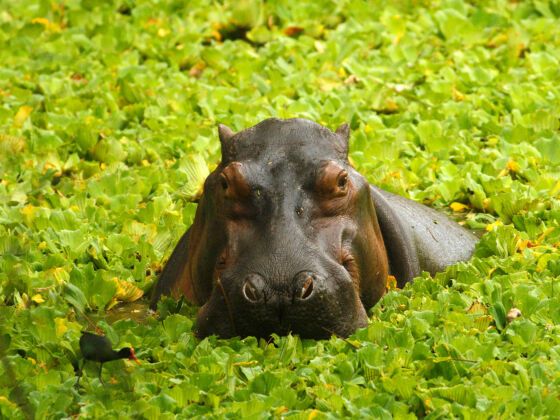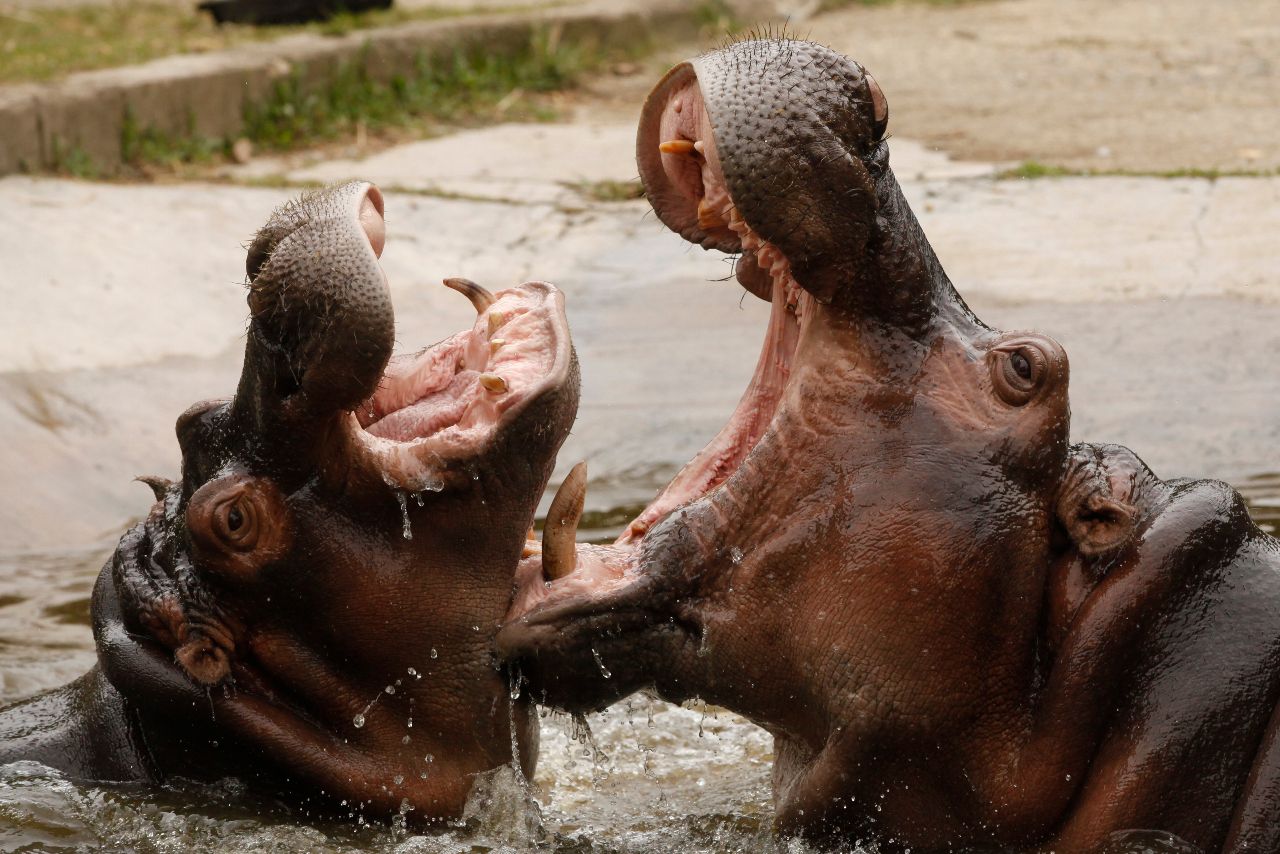It’s pretty common knowledge that hippos are indigenous to the continent of Africa, but there’s a population living in a place you’d never expect — Colombia. As in South America. And the root of the hippo problem is even weirder as the country had never been home to a hippo until 30 years ago — all thanks to Pablo Escobar.
Before Escobar died in 1993, the drug kingpin decided to create his own private zoo and smuggled several species from other countries into Colombia. After his death, the zoo was dismantled, and the different species that lived there were dispersed to zoos and animal sanctuaries throughout the country — except the hippos. Hippos are known for their aggressive behavior, with the ability to grow to 8,000 pounds. So the four hippos were left behind, with the expectation that they would die out.

